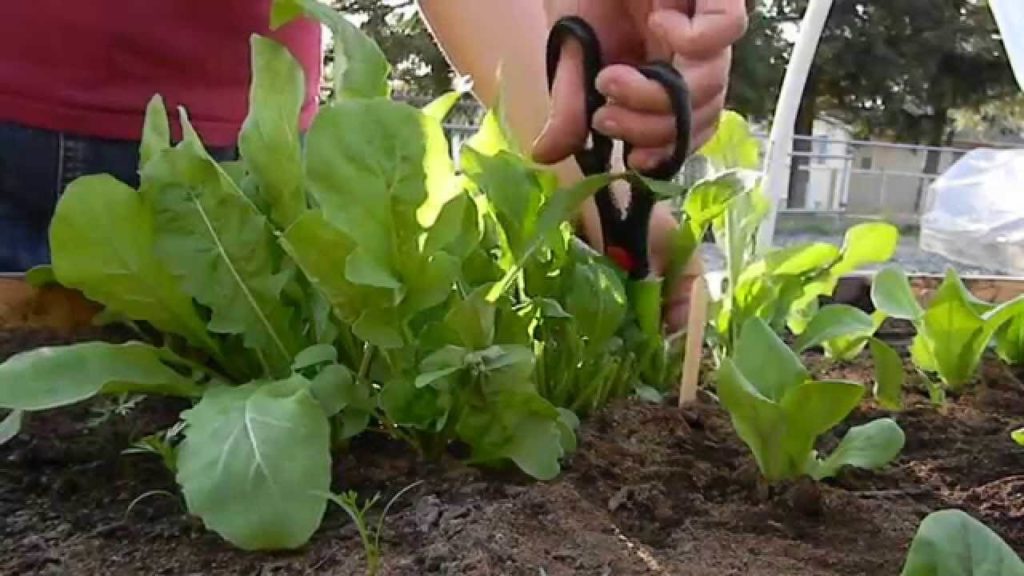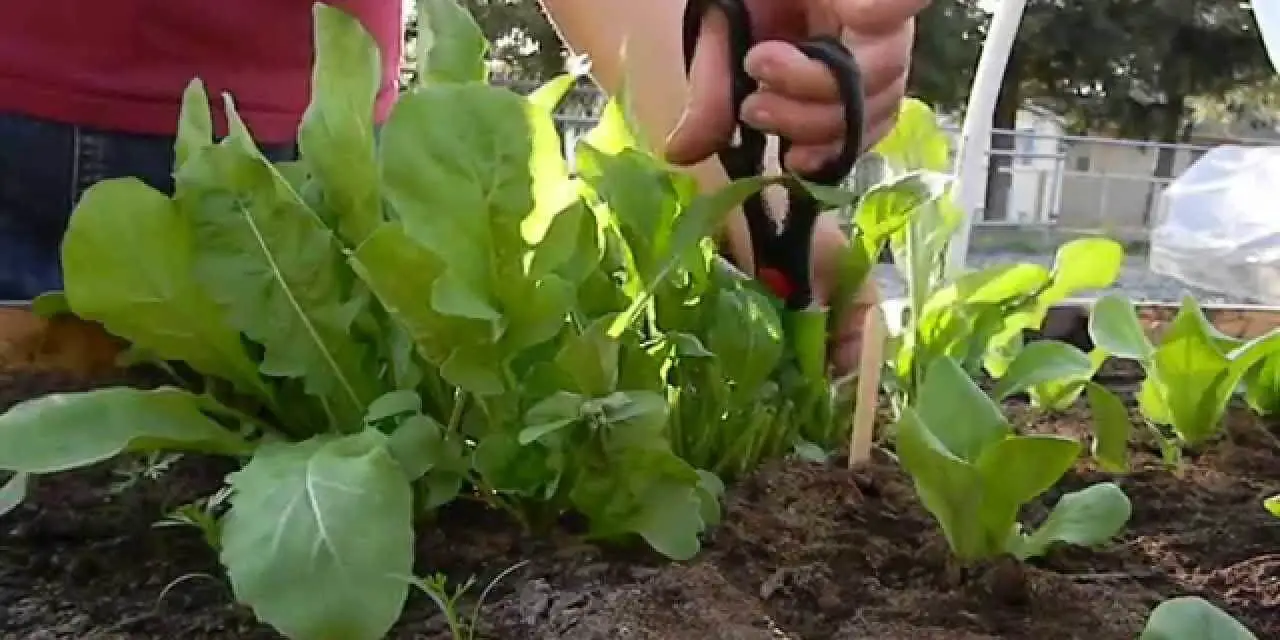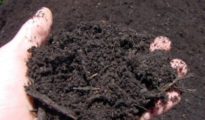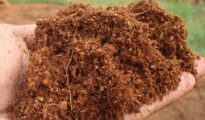Harvest season is a magical time of year when the rewards of months of hard work in the garden or on the farm come to fruition. But it’s not just about collecting what you’ve grown; it's also about employing the right strategies to ensure you get the most out of your crops. With that in mind, here are some essential tips to ensure you maximize your fall harvest.

1. Know When to Harvest
Look for Visual Cues
Most fruits and vegetables have clear visual indicators that signify they’re ready to be harvested. Tomatoes will ripen to a vibrant red, peppers will attain their full color, and many leafy greens will reach a desired size.
Test for Ripeness
For some crops like melons, the exterior color might not change dramatically. Instead, tap the melon; if it sounds hollow, it's likely ripe. With corn, the silks will darken and dry out when the ears are ready.
Regular Monitoring
The key to success is to regularly check your plants. Some crops can become overripe very quickly, which may affect flavor and texture.
2. Use the Right Tools
Sharp and Clean
Always use sharp and clean tools to ensure clean cuts and to minimize damage. This can prevent potential disease spread.
Selecting Tools
Use pruners for fruits and vegetables that have a stem. For root crops, a digging fork can help you lift them without causing damage.
3. Harvesting Technique Matters
Be Gentle
Some crops, like tomatoes and berries, can bruise easily. Handle them gently to avoid causing any damage.
Lift, Don’t Pull
For root vegetables like carrots or beets, gently loosen the soil around them with a hand fork before lifting. Pulling can lead to breaking.
4. Morning Harvests are Best
Cool Temperatures
Picking fruits and vegetables in the cool morning hours means they'll have higher water content, which can help keep them fresh.
Avoid Wet Plants
While the morning is an excellent time to harvest, try to avoid collecting from plants still wet from morning dew or rainfall, as this can promote disease.
5. Post-Harvest Handling
Cool Quickly
The faster you can cool down certain vegetables (like broccoli, leafy greens, or peas), the better they’ll retain their freshness. Consider a post-harvest ice bath for such crops.
Storing Right
Store fruits and vegetables in conditions that suit them best. Root crops like potatoes prefer dark, cool, and humid environments, while most fruits prefer drier conditions.
Curing Before Storing
Some crops, like garlic, onions, and winter squash, will benefit from a curing process. This often involves leaving them in a warm, well-ventilated place for a period, which can improve storage life.
6. Plan for Succession Planting
Continuous Harvest
Succession planting involves growing crops in a phased manner so that as soon as one crop is harvested, another can be planted in its place. This ensures a continuous supply.
Fast-growing Crops
Consider crops that grow quickly for your succession planting. Radishes, lettuces, and spinach can often be harvested within a month or so of planting.
7. Take Notes
Keep a Harvest Journal
Document when you planted, when you harvested, and the conditions in between. This can help you fine-tune your strategies for next year.
Note Varieties
Different varieties of the same vegetable can have different growing needs and timelines. Keep track of which ones perform best in your garden.
8. Preserve the Bounty
Canning and Freezing
For those fruits and vegetables you can’t eat right away, consider preservation methods like canning or freezing to enjoy your harvest year-round.
Consider Other Methods
Drying, fermenting, and pickling are other great ways to make sure none of your hard work goes to waste.
9. Share the Wealth
Community Sharing
If you find yourself with more than you can use or store, consider donating to local food banks or sharing with neighbors.
Seed Swapping
Some plants, especially heirlooms, produce viable seeds. Consider saving and swapping these with fellow gardeners to diversify your garden next year.
10. Prepare for Next Season
Composting
Add plant residues to your compost pile. This will break down over the winter, providing rich compost for the next planting season.
Soil Care
Once your garden is clear, consider planting cover crops. These can fix nitrogen in the soil and prevent soil erosion.
A successful fall harvest is the culmination of months of dedication, care, and hard work. By following these tips, not only can you maximize your yields, but you can also ensure that the fruits (and vegetables) of your labor are of the highest quality. Happy harvesting!



















